Data-driven geosolutions
to ensure ground risks are mitigated and design opportunities are realised
Geowynd is a geoconsulting and laboratory business supporting the offshore energy sector. At Geowynd we deploy smart data analytics to interpret, integrate and analyse geo-data from the seabed and sub-seabed to realise opportunities for your offshore energy assets. We find innovative reliable geosolutions for some of the world’s most complex offshore problems, enabling people and the planet to thrive.
Geo-Data Analytics & Advice Services
Our leading geo-consulting team support our clients to help minimise risks and maximise opportunities of offshore projects. We employ state-of-the-art geological, geophysical and geotechnical technologies to ensure safe design, installation, operation and decommissioning of offshore assets throughout their full lifecycle.

Dispute Resolution &
Expert Witness
We provide independent review and investigation on claims related to offshore geotechnics providing expert witness reports & evidence for specific input to dispute resolution or arbitration.

Research and Development
We continuously develop new state-of-the-art approaches to site investigation and foundation/anchor design to optimise your project reducing risks, schedule and cost. Our research and development is carried out with our world leading academic partners.
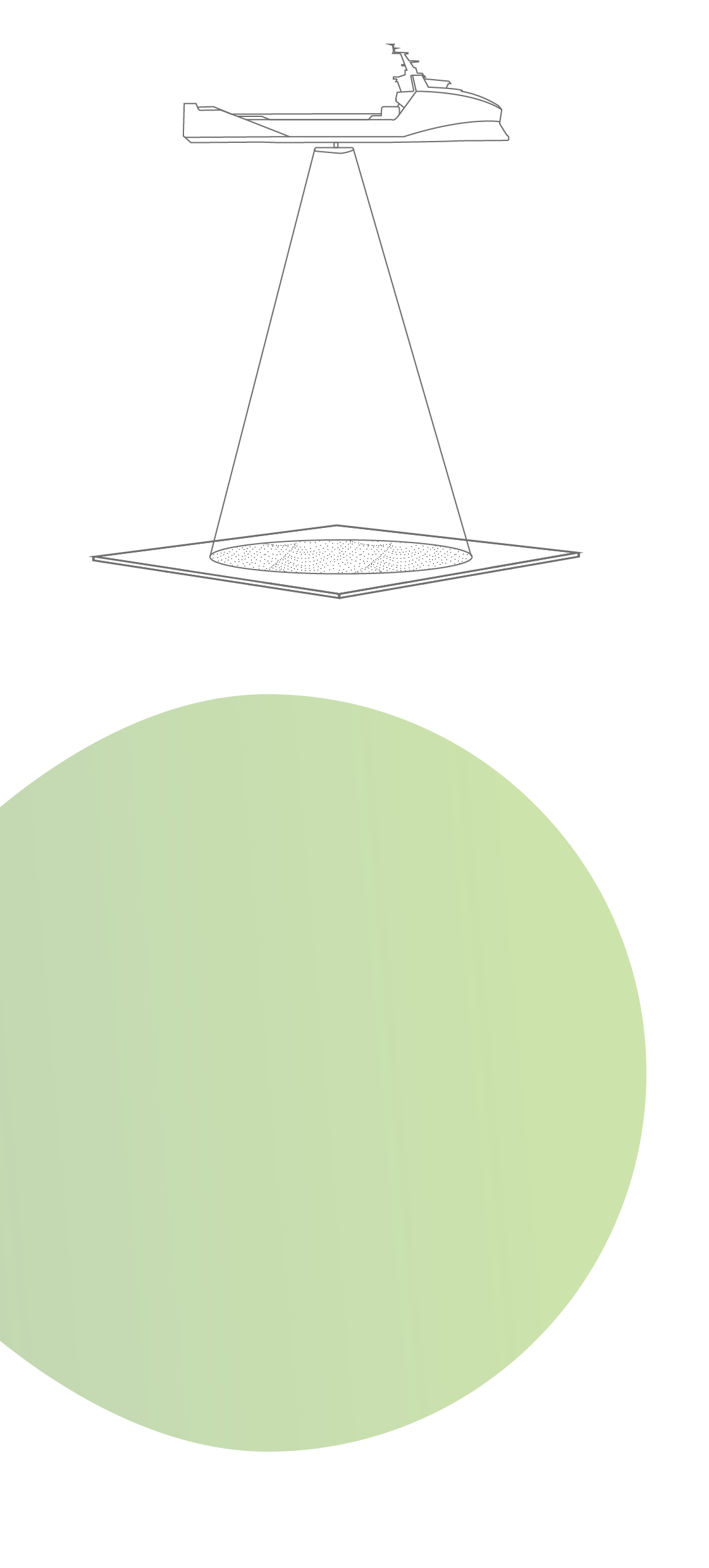
Owners Engineering
We support your project end-to-end to ensure the right decisions are made at the right time and with due consideration of seabed features and ground risks.

Earthquake Engineering
We define seismic input to be used in your design and assess seismic related issues including site amplification, soil liquefaction and soil-structure interaction.
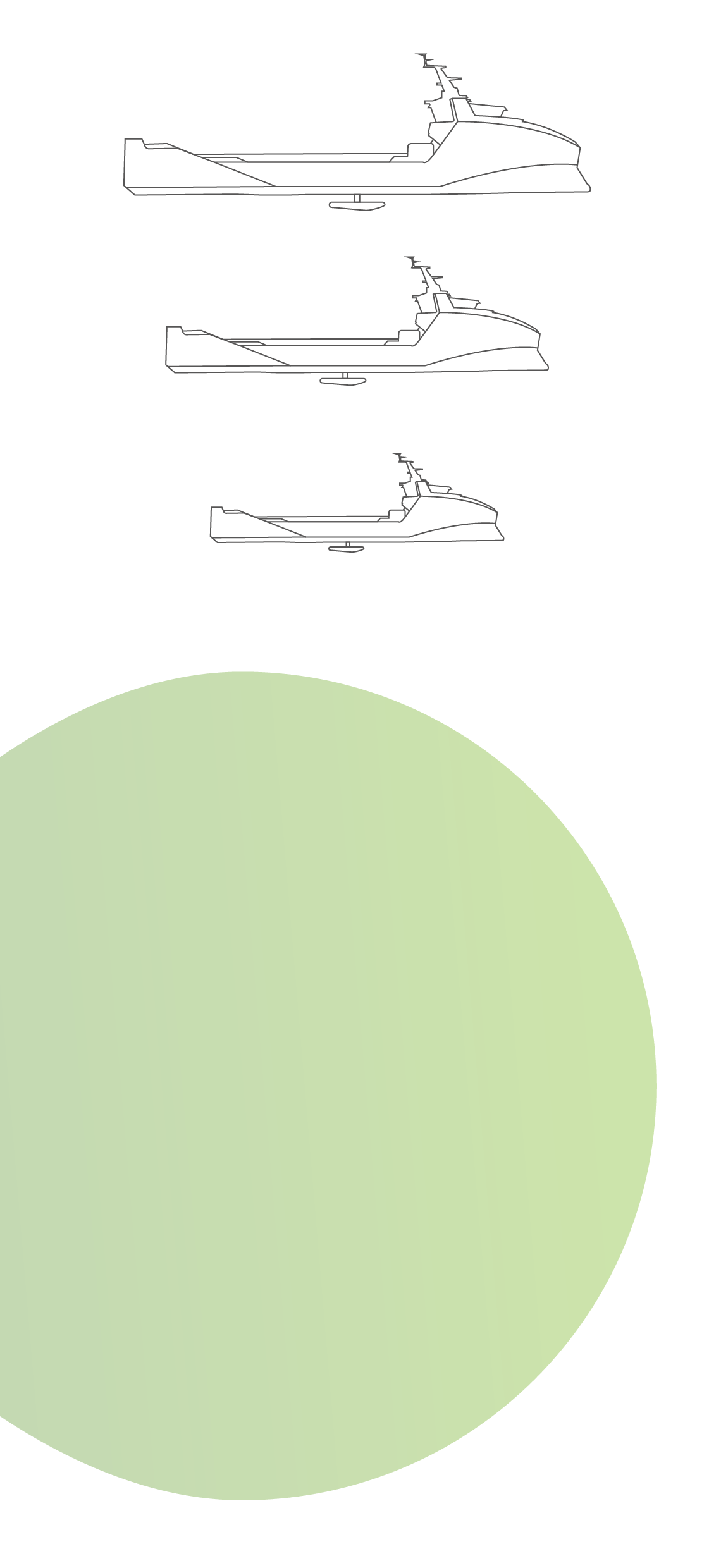
Installation Vessel Operations
We complete a detailed analysis of soil-vessel interaction to select the most appropriate installation vessel for the site & task and to mitigate risks. Including, spudcan penetration assessments, spudcan-pile interaction and spudcan-footprint interaction studies.

Installation
We consider all phases of installation including the tools used, to ensure that installation is part of the design towards optimisation and lifetime extension.

Ground Modelling/ Interpretive Reporting
We interpret and integrate your geophysical and geotechnical data to build ground models. We use statistical methods to provide design parameters relevant for foundations and cables engineering.

Site Investigation & Laboratory Testing
Strategy
We design, specify, procure, manage and deliver a site investigation and lab testing strategy bespoke to your development from early concept to detailed foundation/anchor design.
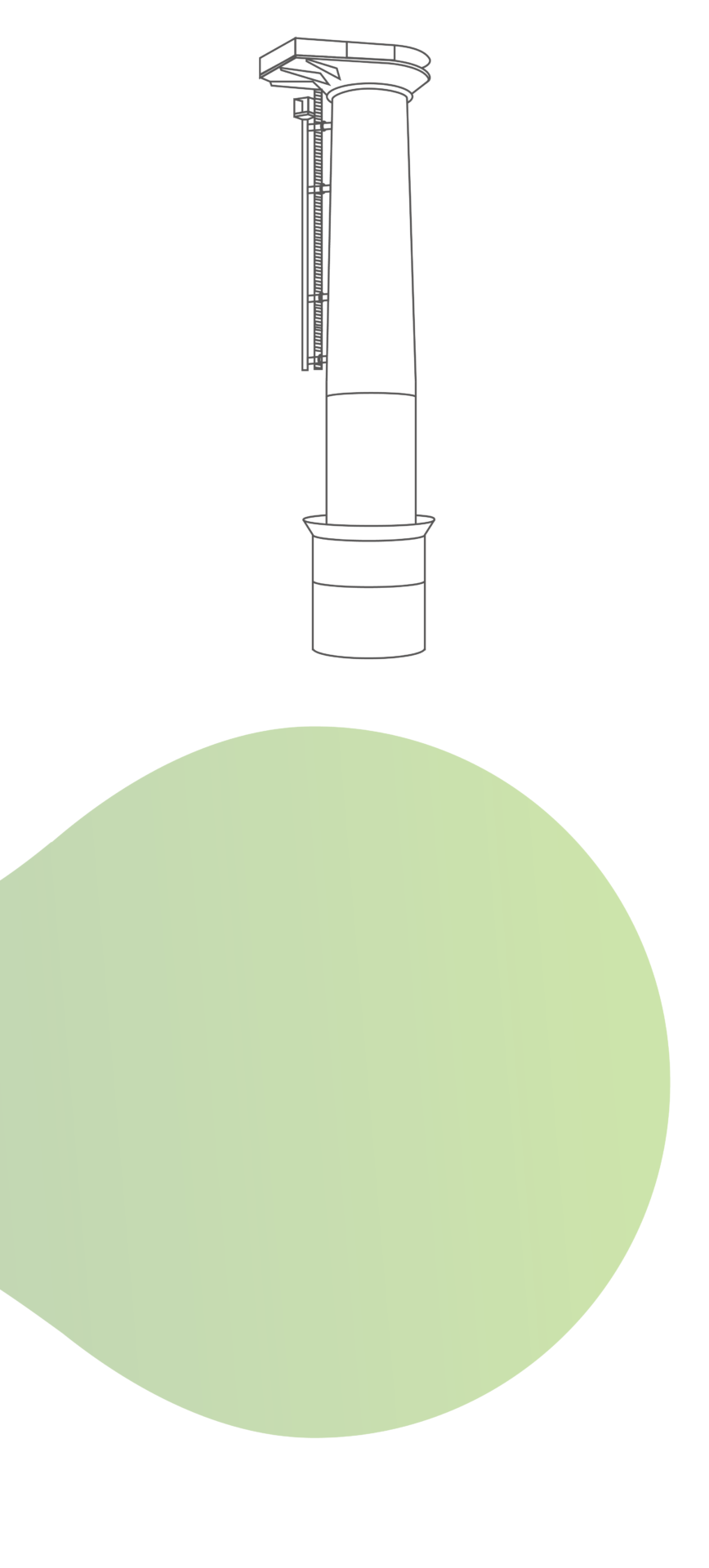
Foundation/
Anchor Design
We apply state-of-the-art methods to create a fully calibrated soil-structure-load model which is developed to optimise your foundation/anchor design at each turbine location for both fixed-bottom and floating offshore wind turbines.
Geo-Software & Automation Services
Our team of numerical specialists and software developers provides scalable software solutions for any engineering workflow. We pride ourselves in delivering bespoke automation workflows tailored to the offshore wind industry. Our services include full-stack services integrating database technologies (SQL) and complete Web API Development Services with owned or 3rd party integrations to run applications quickly with a scalable formula.

Constitutive Soil Model Development
We develop and implement user-defined soil constitutive models for use in finite element analysis (FEA) simulations. We have a library of in-house developed constitutive models and can also develop these as per your project requirements to allow you to harness from the full potential of your geotechnical analysis.

Geo-Automation Tools Development
We develop bespoke geo-tools to simplify and automate the geo-data integration, interpretation, and design process at the touch of a button.

Bespoke
Geo-Software Development
We develop bespoke geo-software to simplify geo-data integration, interpretation and foundation design. We have a suite of in-house developed back-end geo-software tools and can also develop these as per your specification to allow you to yield more from acquired geo-data.
Geotechnical Laboratory Testing
Our geotechnical laboratory and core logging facility supports offshore energy projects to optimise the design of key assets, such as foundations and cables. We perform geotechnical testing on offshore soil samples using state-of-the-art equipment operated by our team of geotechnicians. Our laboratory is uniquely integrated within our world-leading Geo-Data Analytics & Advice (geo-consulting) service line, allowing us to offer a truly integrated scheduling, testing and interpretation service, and hence avoiding data wastage and schedule creep on your projects.

Cyclic Testing
We perform the following cyclic and dynamic testing:
Cyclic DSS; Cyclic Triaxial; Resonant Column; Bender Element

Static Shear Testing
We perform the following static shear testing:
Direct Shear; Direct Simple Shear (DSS); Triaxial; Stress Path Triaxial; Ring Shear

Compression and Permeability Testing
We perform the following compression and permeability testing:
Incremental Oedometer; Constant Rate of Strain Oedometer; Isotropic Triaxial Consolidation; Triaxial permeability; Permeameter

Classification Testing
We perform the following classification and index testing:
Moisture Content; Bulk and Dry Density; Particle Size Distribution; Atterberg Limits; Particle Density; Thermal Conductivity; Min/Max Density; Fall Cone; Thixotropy
Our Projects
Our people have worked on the following key offshore wind projects.
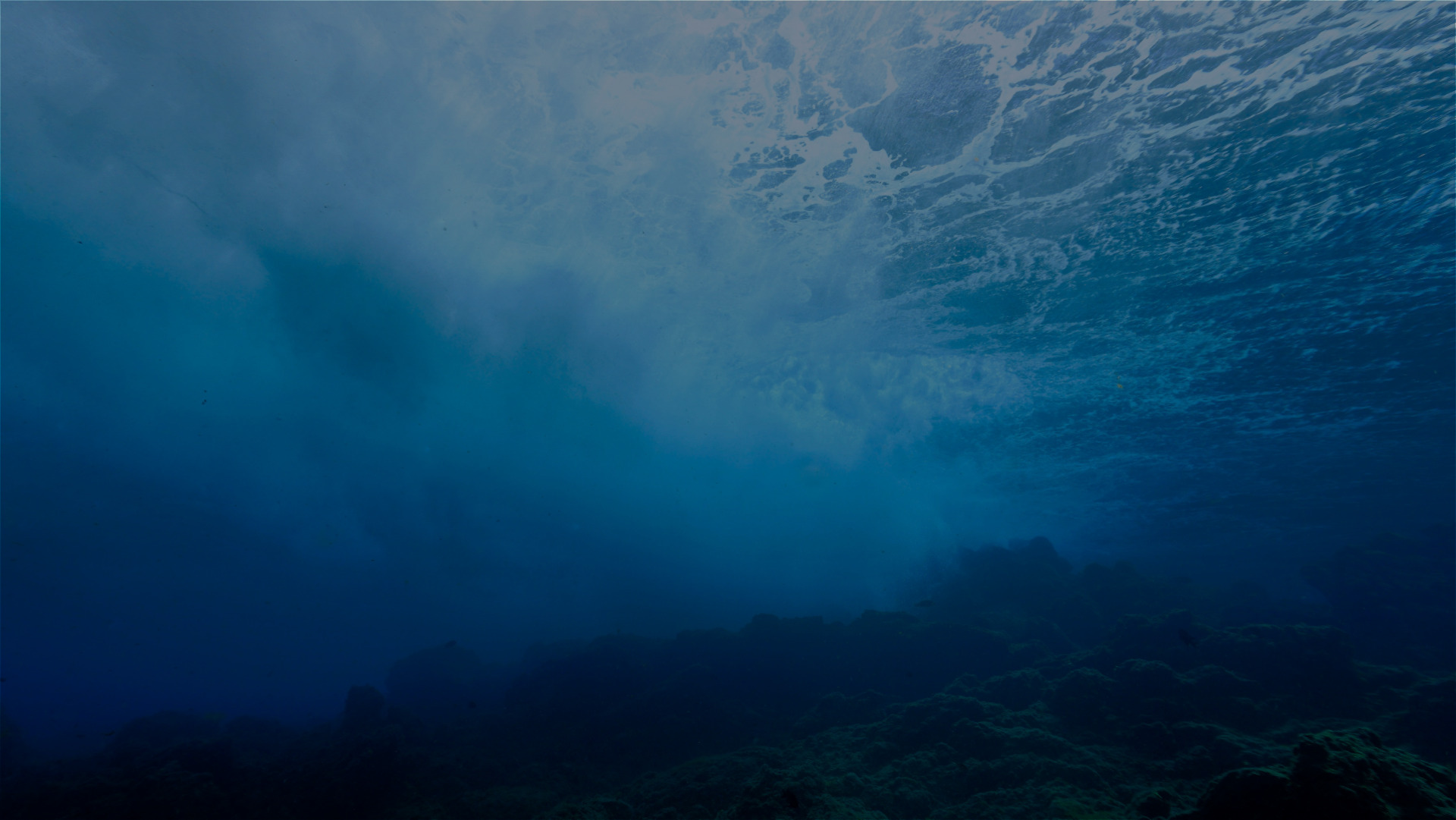



























Geocoding Error Occured.
Tried to Geocode:
Error Type:
Please be sure to follow the tutorial on how to setup the Google APIs required for the Advanced Google Map Widget.
Google Map API Key Tutorial
Turbine capacity - 8.4MW
Location - North Sea
Expected commissioning - 2023

Location - Baltic Sea
Expected commissioning - 2027

Turbine capacity - 8MW
Location - Adriatic Sea
Expected commissioning - tbc


Turbine capacity - 8MW
Location - North Sea
Expected commissioning - 2022

Turbine capacity - 9.6MW
Location - Taiwan Strait
Expected commissioning - 2025

Turbine capacity - 7MW
Location - English Channel
Expected commissioning - 2024

Turbine capacity - 15MW
Location - Kattegat
Expected commissioning - 2024

Location - English Channel
Expected commissioning - 2028

Turbine capacity - 7MW
Location - English Channel
Expected commissioning - 2023

Turbine capacity - 8MW
Location - Sea of Japan
Expected commissioning - 2027


Turbine capacity - 6MW
Location - Bay of Biscay
Expected commissioning - 2022


Turbine capacity - 8MW
Location - Bay of Biscay
Expected commissioning - 2025


Turbine capacity - 8MW
Location - English Channel
Expected commissioning - 2026


Turbine capacity - 8MW
Location - English Channel
Expected commissioning - 2023

Turbine capacity - 11MW
Location - North Sea
Expected commissioning - 2025


Turbine capacity - 8.4MW
Location - North Sea
Expected commissioning - 2023

Turbine capacity - 8MW
Location - North Sea
Expected commissioning - 2023

Turbine capacity - 14MW
Location - North Sea
Expected commissioning - 2026

Turbine capacity - 14MW
Location - North Sea
Expected commissioning - 2027

Turbine capacity - 14MW
Location - North Sea
Expected commissioning - 2027

Turbine capacity - 8MW
Location - North Sea
Expected commissioning - 2025
Geocoding Error Occured.
Tried to Geocode:
Error Type:
Please be sure to follow the tutorial on how to setup the Google APIs required for the Advanced Google Map Widget.
Google Map API Key TutorialResearch
& Development
Royal Academy of Engineering (RAEng) Industrial Fellowship awarded to Geowynd for R&D OCEAN project with Glasgow University
Offshore-foundation design using state-of-the-art Constitutive models: Embedding Advanced Numerical approaches (OCEAN). The OCEAN project aims to bridge the gap between academia and industry by developing and implementing a robust practical constitutive soil model and design approach for WTG foundations which focuses on whole-life design in silty sands focusing on operational low-level cyclic loading.
PhD research project with Scottish Power Renewables, Geowynd and Glasgow University
Smart Characterisation of Offshore Geo-materials Using Database Methods. This project includes collation of SPRs extensive offshore geotechnical dataset from offshore windfarms across the world. This geo-database is then used to develop advanced soil/soft rock identification charts and advanced parameter correlations using a range of techniques, including machine learning.

PhD research project at University of Oxford within the Wind & Marine Energy Systems & Structures group supported by Geowynd
For deep water sites, future developments involving floating offshore wind systems are envisaged. At sites where shallow bedrock exists, appropriate forms of rock anchors will be needed to tether the floating systems. This project is concerned with the development of procedures to design and analyse new-generation foundation and anchor systems for offshore wind turbine systems at sites where the bedrock is close to the seabed.
PhD research project with University of Dundee and Geowynd
Accelerated development of screw anchors for floating wind. This project will help to develop the next generation of robust, cost effective and environmentally friendly anchoring solutions for offshore floating wind platforms. This will be based upon upscaling onshore screw piles for anchoring and developing them to work in a wide variety of ground conditions under harsh loading scenarios whilst optimising efficiency for deeper water use and anchor sharing to reduce costs. The project will focus on advanced numerical and scaled physical model testing techniques.

EPSRC international collaboration grant with University of Sheffield and Delft University of Technology
Submarine mass movements and their interaction with critical offshore infrastructure: This project explores the applicability of the geotechnical centrifuge to assess offshore geohazards. Physical modelling and numerical simulations will be developed in parallel, offering insight on impact scenarios on submarine cables and pipelines, and aid in designing mitigation measures.
Joint Industry Research Project with Scottish Power Renewables and Geowynd
Larger monopiles and the emergence of new design methods mean that a large number of different geotechnical analysis (monotonic and cyclic) are being employed by designers. Therefore, developers require a more detailed understanding of the risks and opportunities associated with the geotechnical design method currently being utilised. As part of this project the geo-software team at Geowynd have implemented all key design approaches currently used within the industry to allow for a detailed comparison.
Joint Industry Research Project with Scottish Power Renewables and Geowynd
As offshore wind turbines increase in size the foundation loads increase as does the required monopile geometry. Consequently, foundation installation is becoming increasingly more challenging and the accurate calculation of the soil resistance to driving (SRD) is critical to assess hammer selection and pile driving fatigue. Most industry standard methods have been calibrated to slender jacket piles and their ability to predict the driveability of large diameter monopiles is largely unproven. This project Improved monopile installation predictions using machine learning.
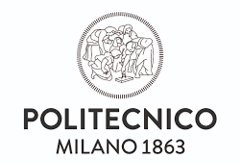
Ongoing research project between Politecnico Milano University and Geowynd
At seismically active offshore wind farms it is crucial to capture the post liquefaction response in the foundation design process. This can be achieved by means of different modelling techniques with varying degree of complexity. This project aims to investigate further the interaction of the pile and the surrounding soil during earthquake induced soil softening, to advance the development of rapid 1D design models. The overall aim of this collaboration is to develop a rapid design tool for seismic monopile design.
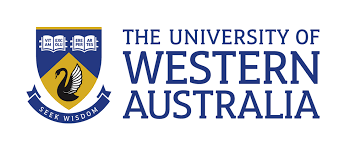
Joint Industry Research Project with University Western Australia, Ocean Infinity PTY, University Dundee and Geowynd
Securing Australian floating wind developments with helical anchors. This project will develop the knowledge and practical tools to enable the deployment of helical anchors as a cheap and reliable anchoring system for floating wind. Helical anchors are seen as the most promising solution to anchor floating wind turbines, but their deployment has been limited by uncertainties associated with installation in complex seabeds and in-place performance under environmental loading. This project will address these specific points through a combination of physical, numerical and analytical modelling, using real data and design scenarios.